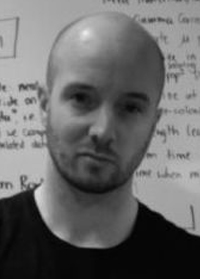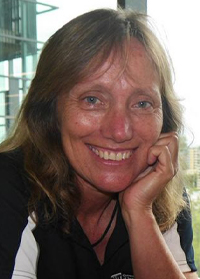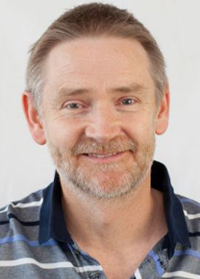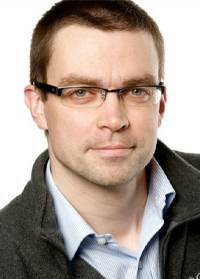
Case study: Connections
The myth of the lone mathematical genius may persist in popular culture, but in the real world collaboration is the rule.
ACEMS researchers collaborate widely – not only with one another, but also with experts at other Centres of Excellence around Australia. Some particularly fruitful collaborations have been those with the Centre of Excellence for Australian Biodiversity and Heritage (CABAH), the Centre of Excellence for Environmental Decisions (CEED) and the Centre of Excellence for Climate Extremes (CLEX).
Professor Nigel Bean, Dr Jono Tuke and Adam Rohrlach (a former ACEMS PhD student now at the Max Planck Institute for the Science of Human History in Germany) have been working with Professor Alan Cooper and others at CABAH to study Aboriginal heritage and long-term patterns of settlement in Australia.
Using a collection of hair samples held by the South Australian Museum, which included information about their geography prior to European settlement, and working with Aboriginal families and communities across Australia, the project established a collection of mitochondrial DNA samples from around the country.
Analysis showed a general pattern of settlement coming from the north and spreading around the coasts.
There was a clear link between genetics and geography, and we developed new statistical tests to demonstrate this link in a strong, robust way.
The remarkable thing, Nigel says, is how clear the pattern was even 50,000 years after settlement.
"If you look at time scales like that in Europe or Asia, say, you end up with massive movements of people across the continent that wipe out that connection between geography and genetics. This work scientifically demonstrated the deep reality of Indigenous people's connection to country."
Work with CABAH is ongoing, with the focus now shifting to determine whether Australia's first people arrived via the southern islands of Indonesia and East Timor or via the island of Papua and Papua New Guinea.
Nigel has also collaborated with CEED, as have Professor Kerrie Mengersen and Professor Scott Sisson.
"I've been working on ecosystem dynamics with Matthew Adams and others at CEED," Scott says. "We want to understand predators and prey and how they all fit together."
Modelling these systems can be tricky, Scott says. Mathematically speaking, fitting the model to the system is a question of finding the maximum value of a particular function – but there's no direct way to evaluate that function. Instead, you tweak certain parameters and let the model run. If the results match the real world then the parameter values give a good fit, and you can tinker with the model to see the effects of planned changes.
"The ecosystem project came from a joint CEED and ACEMS workshop. They said 'Hey, we've got all these problems we don't know how to solve,' and we said 'Great! We love solving hard problems,' so we got together and took it from there."
Scott also has a couple of collaborations with climate researchers at CLEX. One, with Dr Sarah Perkins-Kirkpatrick, is about understanding the probability of rare extreme events like once-in-a-century heatwaves or downpours.
"It's about getting more clever at extrapolating out when you don't have much data," he says.
Scott has also worked with Associate Professor Lisa Alexander's group at CLEX on how choices about data and analysis can affect things like temperature records and variability.
"If you use different data sets – or even if you use the same data set but treat the data differently – you can get very different answers. We didn't really find any 'right' way to do things, but we did raise some interesting questions."
Scott and Nigel see two big benefits from cross-disciplinary collaborations like this.
"The first is to share ideas and techniques that people in other areas might not know about. The second is you find a new problem that doesn't fit into the neat boxes of things that have already been solved. And then you all get to have fun figuring it out."




